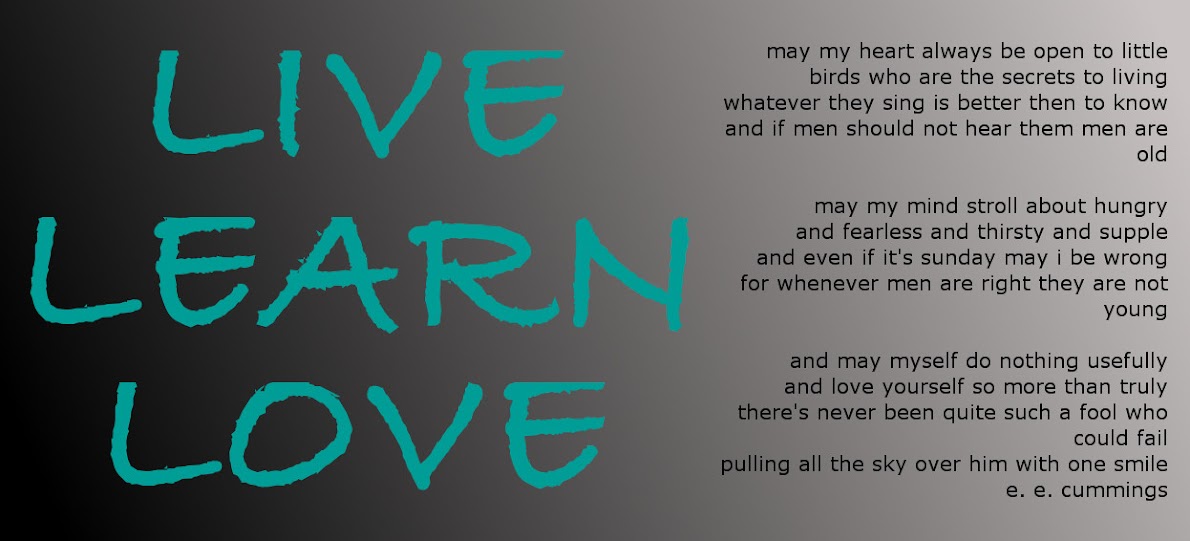After the colony clean-ups, I had
amassed a large number of regurgitated pellets (anything that the birds are
unable to digest gets formed into a pellet and regurgitated) which needed to be
dealt with! The various bags of pellets were moved into my kitchen, which has
also become my office. At the time, and currently, I am uncertain as to the
best way to dissect and quantify the contents of the pellets, and am in the
process of reading other published papers to see what methods they used, and
how detailed their data was. In the meantime though, the pellets needed to be
processed and frozen to stop, or at least slow, any fungal growth and
decomposition. After purchasing and numbering 400 ziplock bags (surely enough!)
I started processing the pellets. Each pellet was assigned a number, which
relates to the date and location it was collected from, and was photographed,
dimensions measured and weighed, then bagged and frozen. I then had to buy more
bags. At 750 pellets processed, and many more to do, Mark and I decided that I
should finish the bag I was busy with and discard the rest; this number is
already far more than most published papers incorporate, and the breeding
season hasn’t even started yet! The final count is 798 pellets, frozen and
awaiting dissection. It has been so interesting to go through the pellets that
were collected, a scarily large proportion of them had plastic, glass shards
and tin foil in them. Something that fascinated me was the pellets that looked
better suited to an owl than a gull, as it is clearly the remains of a rodent,
a regurgitated globule of fur and bones. It was reassuring to also find many
pellets with fish bones and scales, as well as shells, part of their natural
diet. The true story will become more apparent as I start the dissections, but
for now, an interesting glimpse into their diet.
 |
| A variety of glass in the pellets. |
 |
| Fur and bones, all that's left of the probable rats. |
 |
| Shells found in the pellets. |
 |
| All sorts of urban sources of 'food'. |





No comments:
Post a Comment
Anything to share?